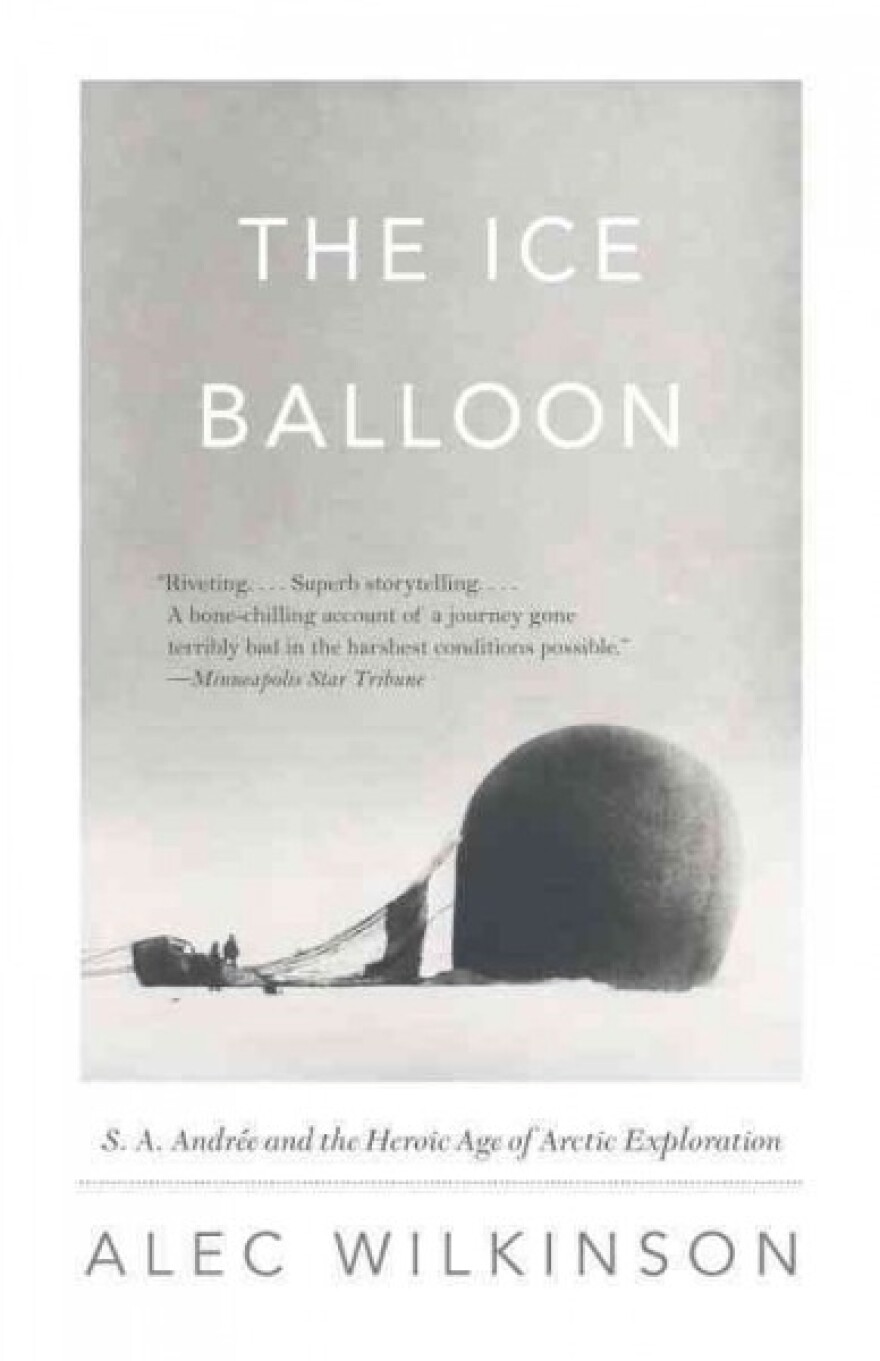Fiction and nonfiction releases from Vladimir Nabokov, Karen Thompson Walker, Toby Wilkinson, Alec Wilkinson and William J. Broad.
Copyright 2024 NPR. To see more, visit https://www.npr.org.
New in Paperback: January 14 - 20, 2013
The Age Of Miracles

by Karen Thompson Walker
The Earth's rotation is perceptibly slowing, elongating daytime and nighttime hours as well as the forward march of time. Although Karen Thompson Walker's debut novel, The Age of Miracles, is literary fiction, "it spins out the same kind of 'what if?' disaster plot that distinguishes many a classic sci-fi movie," observes Fresh Air book critic Maureen Corrigan. The author's decision to tell the story from the perspective of Julia, a sixth-grader who is as sensitive to the emotional changes around her as she is to her altered climate, is "just as inspired as her plot," Corrigan adds. Overall, she says, the novel is "a pensive page turner that meditates on loss and the fragility of both our planetary and personal ecosystems."
The Original Of Laura

by Vladimir Vladimirovich Nabokov
Vladimir Nabokov's final and unfinished work, The Original of Laura, was almost never published. The author instructed his heirs to burn the manuscript — which consisted of 138 handwritten index cards — upon his death, in 1977. Luckily, his wife couldn't bring herself to do it. When she died, the manuscript went to their son, Dmitri Nabokov, who eventually approved the 2009 publication of a facsimile edition. Nabokov's last story tells a tale of love and lust involving a dying, overweight scholar named Philip Wild and his younger, sexually adventurous wife, Flora.
The Rise And Fall Of Ancient Egypt

by Toby Wilkinson
With its rich pharaonic history, Egypt is no stranger to leaders who expect unquestioning obedience from their subjects. In The Rise and Fall of Ancient Egypt, historian Toby Wilkinson writes that there are lessons to be learned from the Egyptian tradition of leadership — dating back to the time of Tutankhamen — that suggest the only thing more dangerous than a tyrant is the vacuum he can leave. "I think Egypt is very proud of its ancient past and the fact that it was once one of the greatest civilizations in the world," Wilkinson told NPR's Linda Wertheimer in February 2011. "And I think the way that we see [former Egyptian President Hosni] Mubarak and his supporters behaving [in early 2011] is entirely in keeping with the way that Egyptian rulers have behaved throughout the centuries and, indeed, millennia."
The Ice Balloon

by Alec Wilkinson
In the late 19th century, scores of explorers from the U.S., Europe and Scandinavia tried to reach the North Pole. They invented clever new equipment, raised money, stirred national pride and enthralled the world by attempting to march, sail or sled to the most cold, remote and unseen place on Earth. But it was a perilous business: Of the 1,000 people who tried to reach the North Pole in the late 1800s, 751 died during their attempt. In 1897, a Swedish man named S.A. Andree decided to try to fly above all that. He and his crew of two — Nils Strindberg and Knut Fraenkel — set out for the North Pole in a hydrogen balloon. Alec Wilkinson's The Ice Balloon tells the story of their journey and that age of Arctic exploration.
The Science Of Yoga

by William J. Broad
In The Science of Yoga, New York Times science writer and longtime yoga practitioner William Broad investigates popular health claims about yoga and finds that scientific studies tell a different story. While there's no question about yoga's benefits for the heart — because it induces relaxation and lowers blood pressure — it also tends to bring down the body's overall metabolic rate. So yoga practitioners who eat the same number of calories as before they did yoga may gain weight. Injury can also result from classes taught by inexperienced teachers, or in big groups where there is a lot of activity and competitive pressure. Particularly dangerous, says Broad, are poses that put pressure or torque on the neck, such as the shoulder stand, headstand and plow position.

